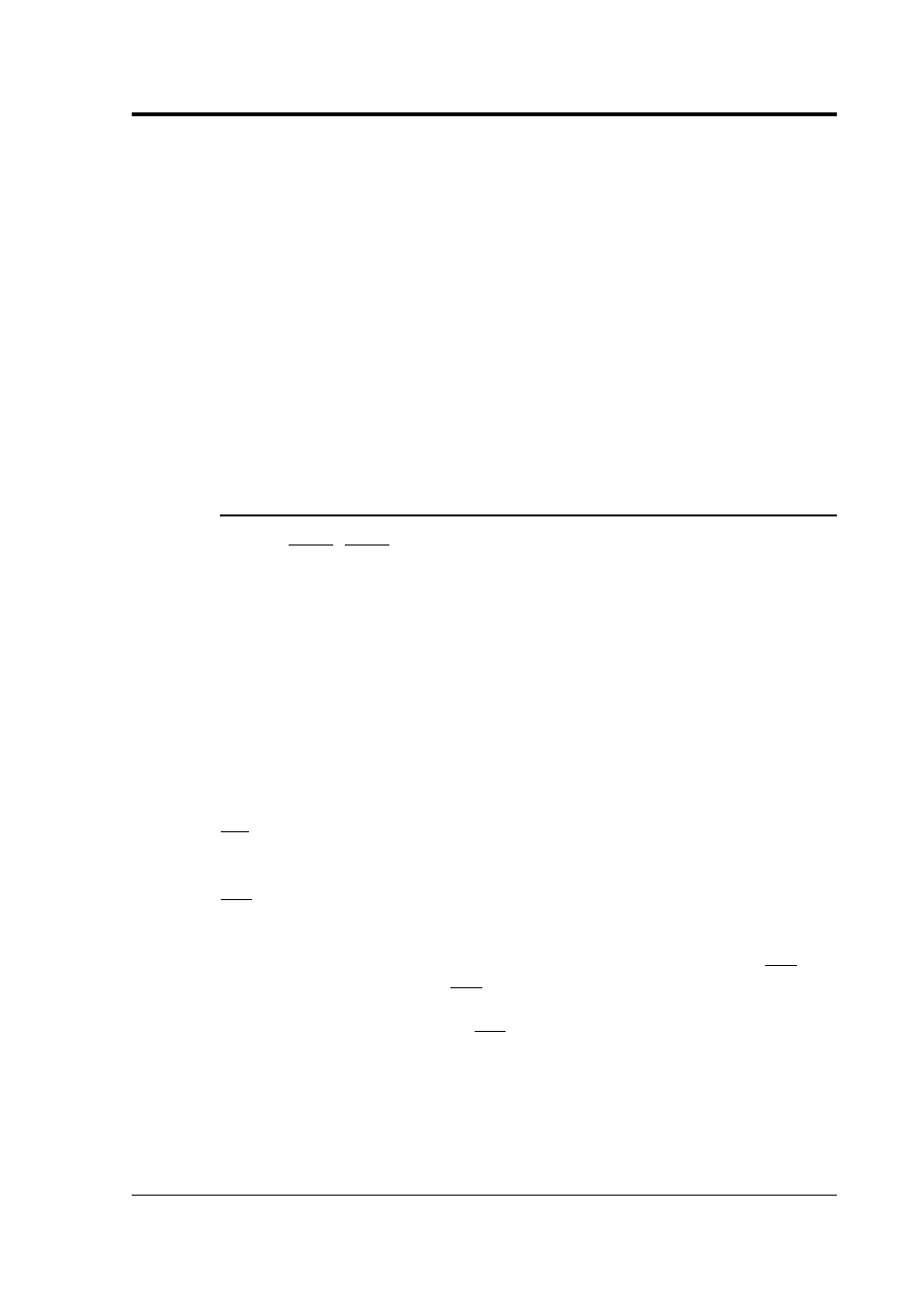Compression – Guralp Systems CMG-DM24 User Manual
Page 63

Operator's guide
For example, if you issue
9 7 0 15 SET-TAPS
•
tap 1 will output Z and the auxiliary component ( 1 + 8 = 9 );
•
tap 2 will output all three directional components ( 1 + 2 + 4 =
7 );
•
tap 3 will not output anything; and
•
tap 4 will output all four components ( 1 + 2 + 4 + 8 = 15).
To set triggered output streams, you should use the TRIGGERED
command detailed below.
COMPRESSION
Syntax: bits size COMPRESSION or NORMAL COMPRESSION
Sets the maximum amount of compression to use. Greater
compression means the digitizer outputs data more efficiently, so more
can be transmitted over a link with a given bandwidth. However,
compressing streams uses processor power and can increase data
latency.
The digitizer compresses data without loss, so compression is most
effective when the data contains relatively little information. In most
cases, when a seismic event occurs, the digitizer will need to decrease
the compression level.
bits can be one of 8BIT, 16BIT and 32BIT. 8BIT (the default) is the
maximum amount of compression; 32BIT denotes no compression.
size determines the maximum number of data samples in a GCF block.
This must be between 20 and 250; the default is 250.
GCF blocks must be a whole number of seconds long. If you set size to
a very small value, so that size samples is less than 1 second for some
streams, the digitizer will output 1 block every second for those
streams, ignoring the value of size.
Thus, if you issue 32BIT 20 COMPRESSION, streams with a sample
rate of 20 samples/s and higher will output one block per second,
whilst lower rate streams will output 20-sample blocks: every 5
seconds for 4 samples/s data, etc.
October 2009
63
